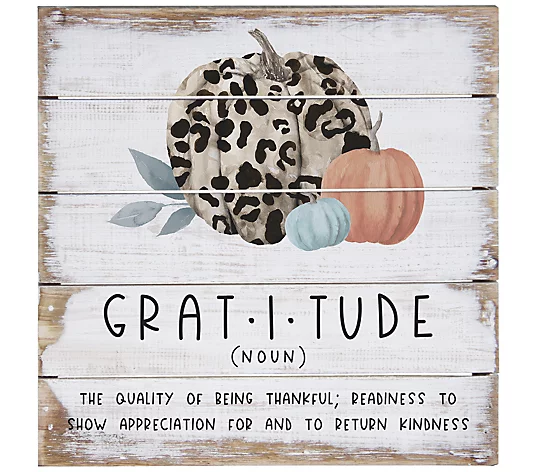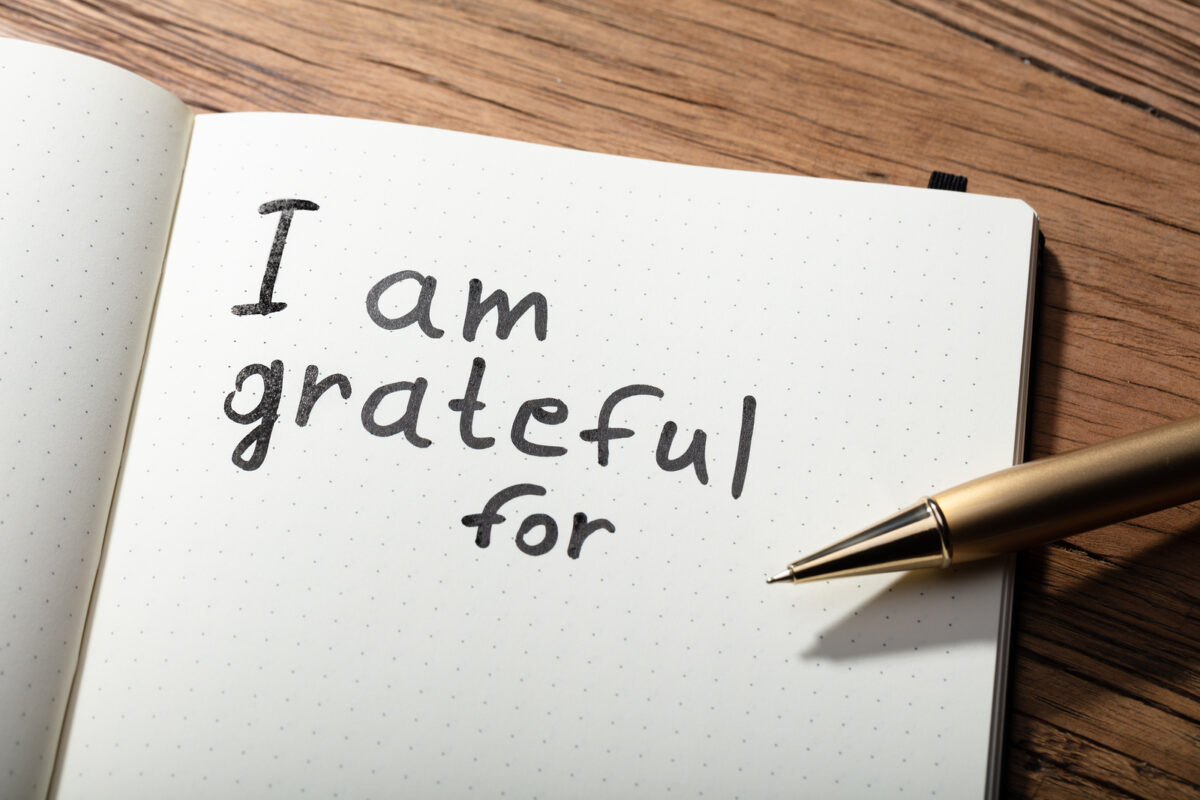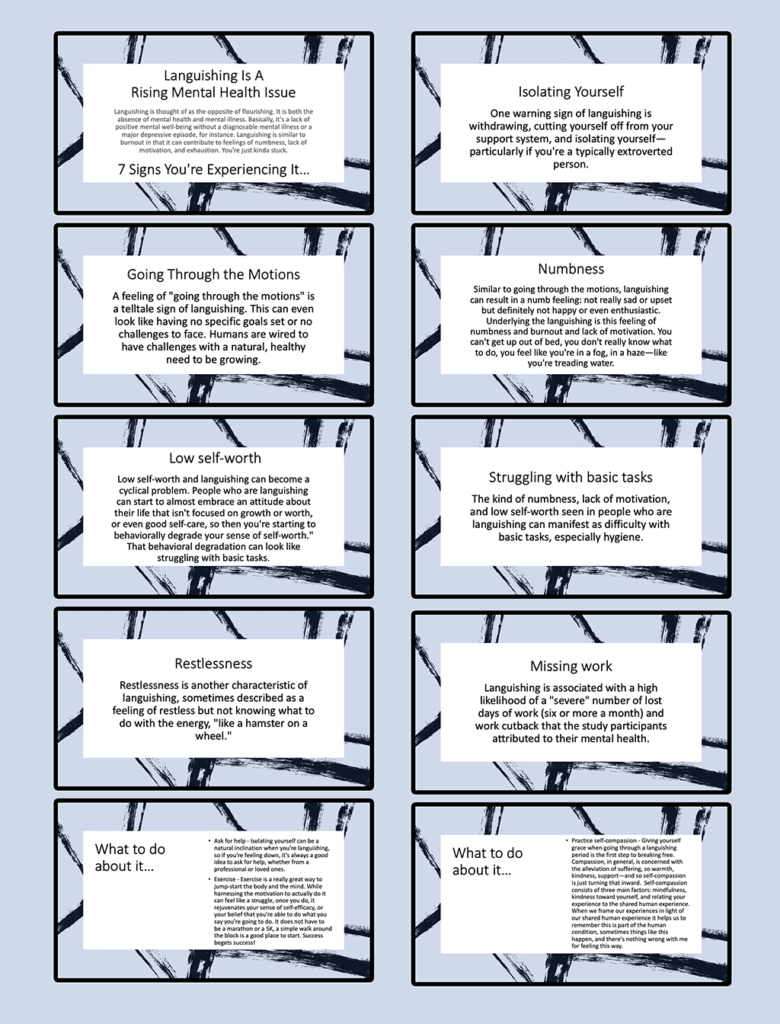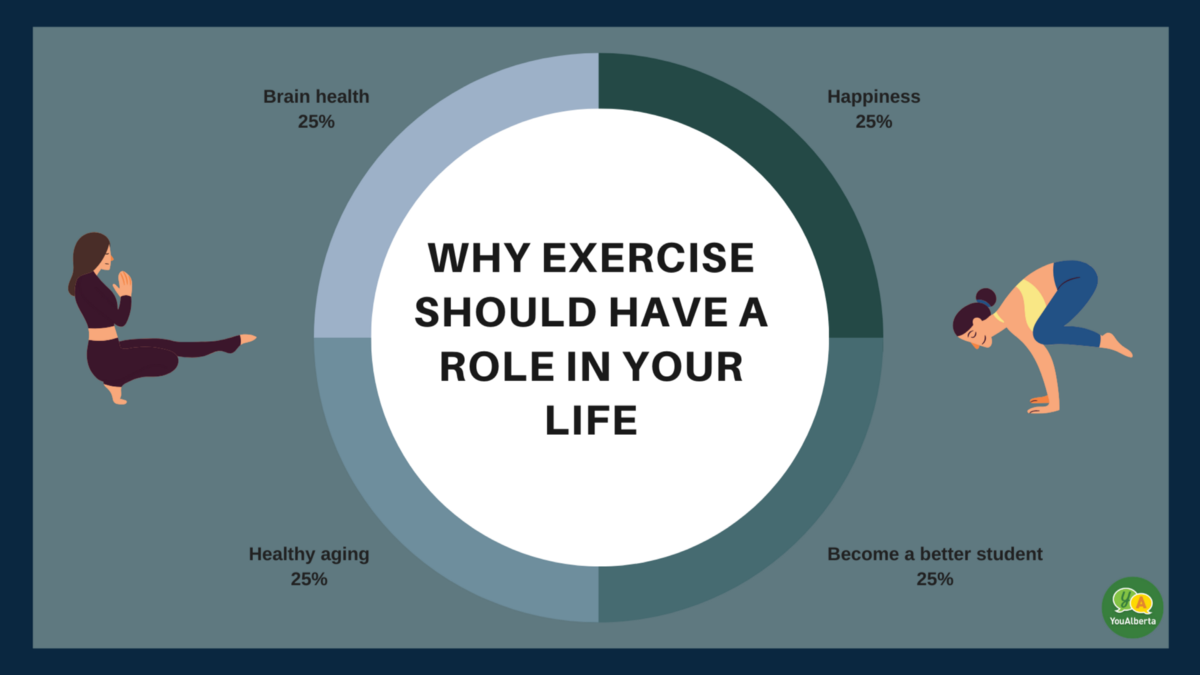They are wise who do not grieve for the things which they have not, but rejoice for those which they have. – Epictetus
The following is a list of 10 simple exercises to cultivate gratitude, adapted from this post from Leo Babauta at zenhabits.net. Any one of them can be chosen and implemented with ease, so try one today!
1. Create a Gratitude Ritual. Anything you can easily do every morning when you wake or every night before you sleep. It can be as simple as closing your eyes and taking a couple of minutes to think of the people and things you are grateful for – loved ones, co-workers, the person who served you coffee this morning, anyone!
2. Send a thank-you note. You don’t need to send someone a formal thank-you card (although that’s a nice touch), but just a little note (or email) saying thank you for a specific thing the person has done for you can go a long way.
3. Give a free hug (when safe). OK, do this only do this when appropriate (no hugging strangers) and safe from a COVID standpoint … but if you have a loved one in your life, give them a hug! Often we can go too long without showing our affection and gratitude, even to those who are closest to us. Don’t neglect this important part of your relationship.
4. Give thanks for today! You don’t even have to thank a person … you can thank life itself! Wake up, and greet the day with gratitude. Be thankful you’re alive! Per the Dalai Lama: “Everyday, think as you wake up, ‘Today I am fortunate to have woken up, I am alive, I have a precious human life, I am not going to waste it. I am going to use all my energies to develop myself, to expand my heart out to others, to achieve enlightenment for the benefit of all beings, I am going to have kind thoughts towards others, I am not going to get angry or think badly about others, I am going to benefit others as much as I can.’ ”
5. Do someone a free favor. Without expecting anything in return, do something nice for someone. Just something small. Get them a drink or a coffee, do a chore for them, offer to do an errand, anything they’d appreciate, really. Think of what the person likes, wants or needs, and try to do something (even something small) to help them. Actions speak louder than words, and doing something nice will show you’re grateful more than just saying it.
6. Give a little gift. It doesn’t have to be fancy or expensive, but a little gift can be a tremendous gesture. Here are 30 ideas.
7. Give someone a list of all they’ve done that you’re grateful for. Take 5 minutes and make a list of 10 or 50 things you love about someone, or things they’ve done for you that you appreciate.
8. Acknowledge them publicly. Who doesn’t love public praise? Find a way to acknowledge the contributions of someone, to show your gratitude, in a public way. Here at Cooper you can use the Cooper Rewards Website or our new virtual gratitude wall.
9. Surprise them with kindness. Actually, this is mostly the same as Item #5, but with a twist: surprise the person. That little extra step of surprising them can make a big difference. When your partner or other loves one comes home from work, have a lovely meal prepared. When your parent walks out her front door in the morning, have the car nice and clean. When your child opens their lunch pail, have a little note and a treat waiting for them. You get the idea.
10. Say thanks even for negative things in your life. This is the hard part, in truth. When things go wrong, when we’re not happy, when people are mean to us, when we are worn down by the million slings and arrows of everyday life … we don’t want to say thank you. But in truth, this is the time when it matters most. If you’ve mastered the first 9 items on this list, you’re ready to master this one.











